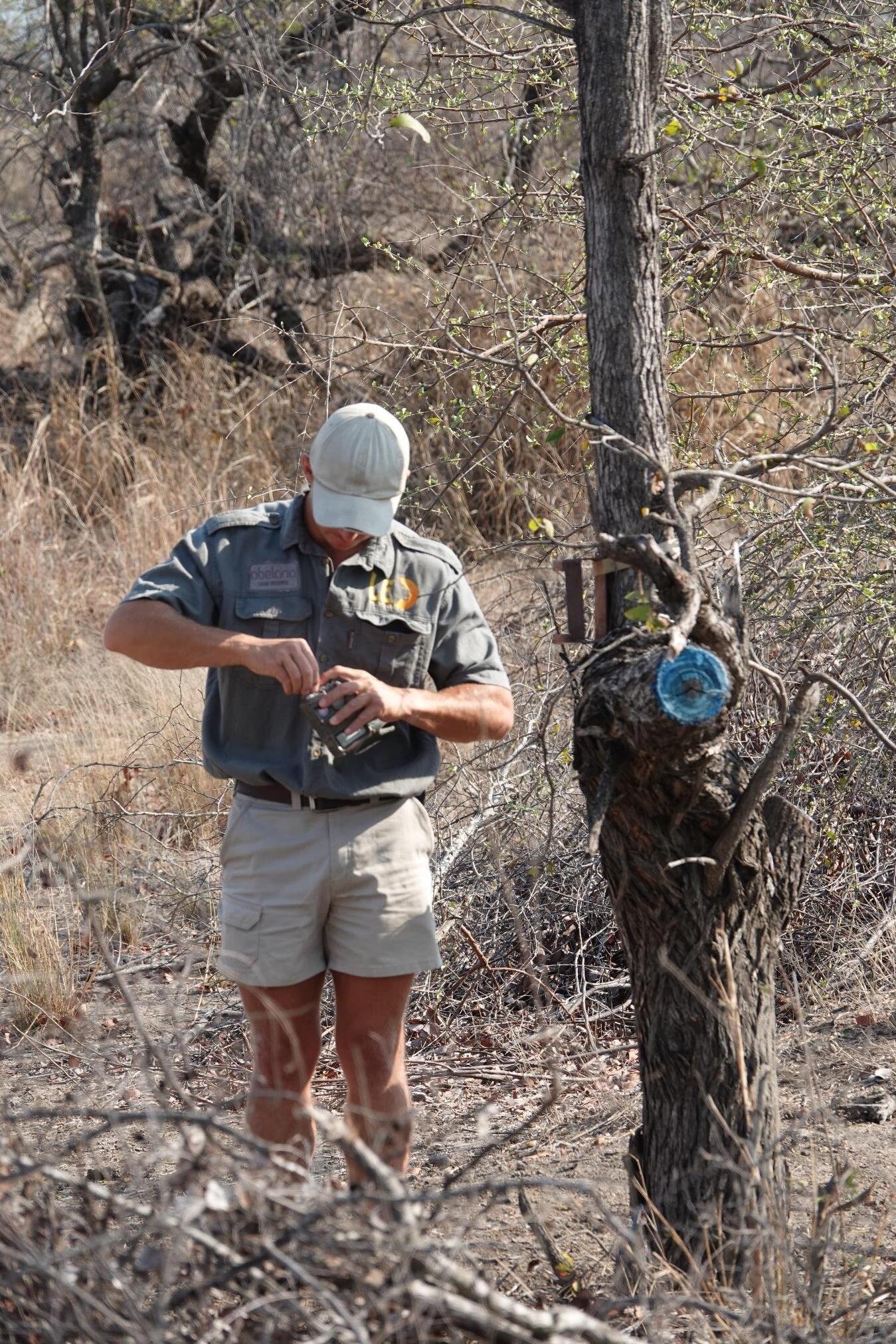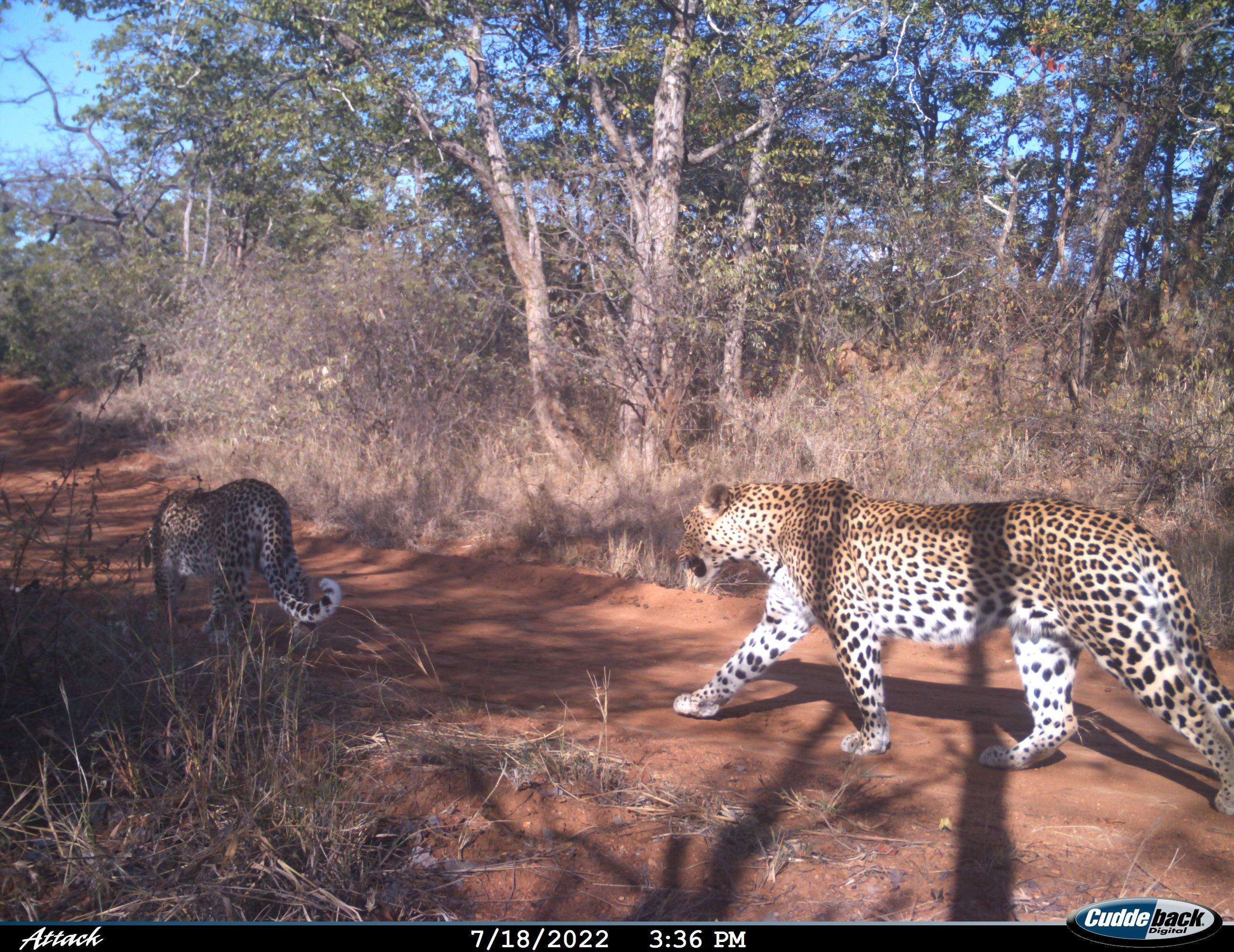
1 minute read
Wildlife management Night sightings
Some animals are only visible at night; this is particularly the case for the Cape genet, porcupines, hyenas, owls and eagle owls…
If these observations are essential to know the populations of nocturnal species, they remain difficult to carry out.
Advertisement
At night it is no longer possible to look for an animal by walking in the bush, which is too dangerous.
The night makes it very uncertain to take photographs of these animals, especially without using flashes which momentarily blind some animal species. Some animals like the genet are too fast to be photographed.
To see spotted hyenas, you have to be cunning, have a strong stomach and be patient.

The technique involves tying up a stinky carcass of a mammal and waiting nearby. The first animals to arrive are the mosquitoes.
Cries resound, answer each other in the distance in the bush, including those of hyenas.
After 1h30 of waiting quietly, we realize that the vehicle in which we are is surrounded at a reasonable distancebyseveralspottedhyenas: our reward. The bones of the carcass are quickly crushed by the terrible jaws of the hyenas, their reward.
We go back to dinner for those who are still hungry…
Wildlife management Camera traps

Camera traps are firmly fixed to trees in places deemed strategic. That is to say in places where the passage of animals is very likely.
These cameras are either powered by small solar panels (like here) or by rechargeable batteries that need to be replaced every week..
These cameras are equipped with a motion detection cell andareautomaticallytriggered when an animal passes by.
They work both day and night. The images are recorded on a standard SD memory card, and used in the office by the LEO guides.

Well placed, these camera traps make it possible to confirm the presence of animals that are very difficult to observe during the day and very difficult to encounter at night.

Two leopards on July 18, 2022
3:36 p.m.
Aardvark on September 21, 2022

11:59 p.m. (Orycteropus afer)














